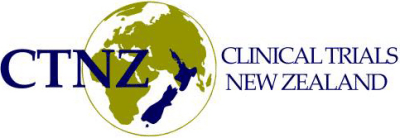Acute aortic syndrome: nationwide study of epidemiology, management, and outcomes
- 31 July 2023
William Xu1, Cheyaanthan Haran1,2, Anastasia Dean3, Eric Lim4, Oliver Bernau1, Kevin Mani5, Adib Khanafer4, Suzanne Pitama6 and Manar Khashram1,2,*
¹Department of Surgery, University of Auckland, Auckland, New Zealand
²Department of Vascular Surgery, Waikato Hospital, Hamilton, New Zealand
3Department of Vascular Surgery, Auckland City Hospital, Auckland, New Zealand
⁴Department of Vascular Surgery, Christchurch Hospital, Christchurch, New Zealand
⁵Department of Surgical Sciences, Uppsala University, Uppsala, Sweden
⁶Māori/Indigenous Health Institute, University of Otago, Christchurch, New Zealand
*Correspondence to: Manar Khashram, Department of Surgery, University of Auckland, Auckland, New Zealand (e-mail: manar.khashram@gmail.com)
Abstract
Background: Epidemiological studies on acute aortic syndrome (AAS) have relied largely on unverified administrative coding, leading
to wide-ranging estimates of incidence. This study aimed to evaluate the incidence, management, and outcomes of AAS in Aotearoa
New Zealand.
Methods: This was a national population-based retrospective study of patients presenting with an index admission of AAS from 2010 to 2020. Cases from the Ministry of Health National Minimum Dataset, National Mortality Collection, and the Australasian Vascular Audit were cross-verified with hospital notes. Poisson regression adjusted for sex and age was used to investigate trends over time.
Results: During the study interval, 1295 patients presented to hospital with confirmed AAS, including 790 with type A (61.0 per cent) and 505 with type B (39.0 per cent) AAS. A total of 290 patients died out of hospital between 2010 and 2018. The overall incidence of aortic dissection including out-of-hospital cases was 3.13 (95 per cent c.i. 2.96 to 3.30) per 100 000 person-years, and this increased y an average of 3 (95 per cent c.i. 1 to 6) per cent per year after adjustment for age and sex adjustment on Poisson regression,
driven by increasing type A cases. Age-standardized rates of disease were higher in men, and in Māori and Pacific populations. The management strategies used, and 30-day mortality rates among patients with type A (31.9 per cent) and B (9.7 per cent) disease have remained constant over time.
Conclusion: Mortality after AAS remains high despite advances over the past decade. The disease incidence and burden are likely to continue to increase with an ageing population. There is impetus now for further work on disease prevention and the reduction of ethnic disparities.
